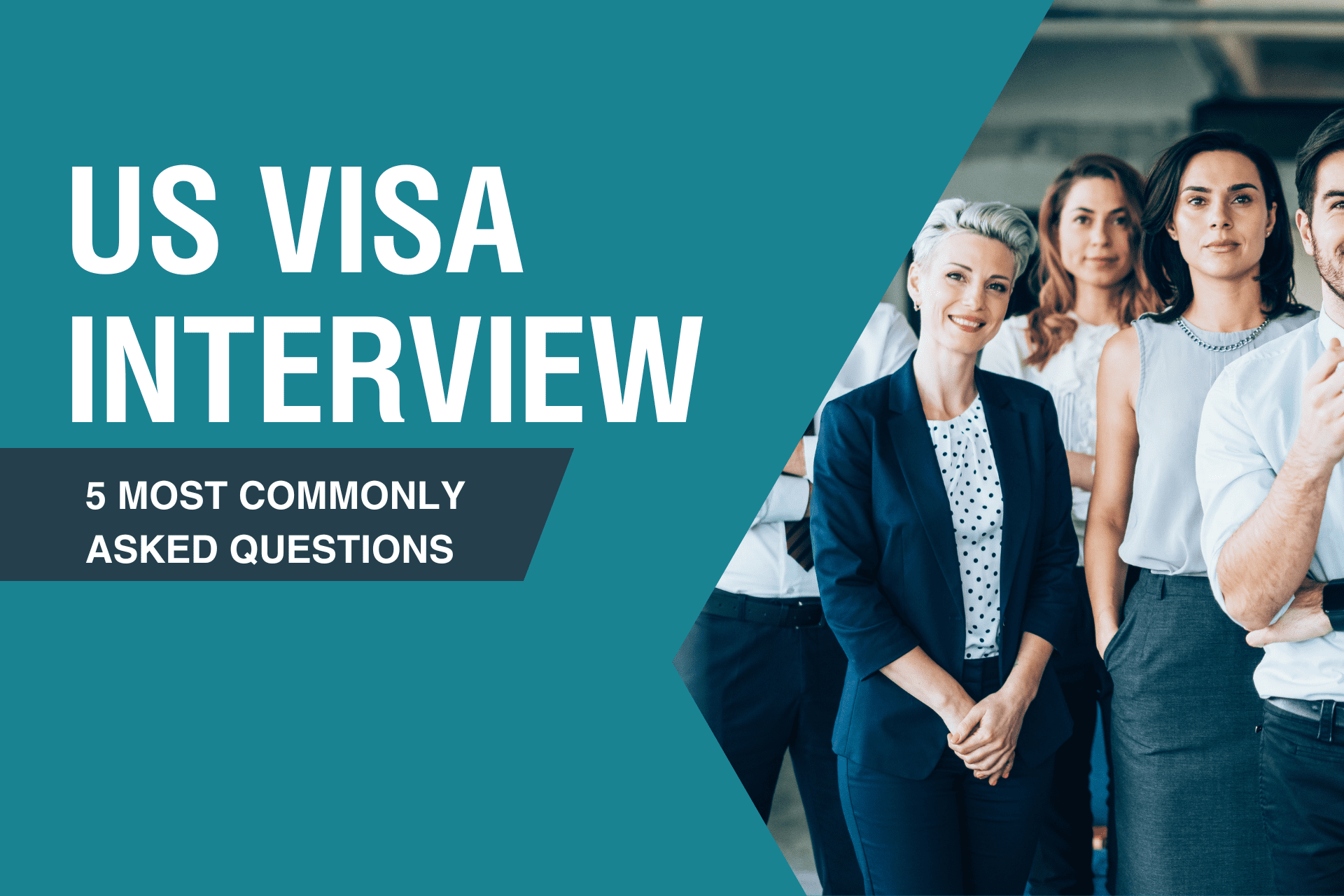Aspiring travelers to America often find themselves facing a crucial step in the visa application process: the US Visa Interview. The interview is a significant opportunity for applicants to demonstrate their eligibility and intentions to the consular officer.
To help you prepare for this, we have compiled a list of commonly asked questions during a USA Student Visa Interview. By familiarizing yourself with these questions and crafting well-thought-out responses, you can increase your chances of a positive outcome.
1. What is the purpose of your visit to the United States?
One of the first questions you can expect during the US Visa Interview Appointment is the purpose of your trip. The consular officer wants to understand why you are traveling to the United States and ensure that your intentions align with the visa category you have applied for.
Whether you are traveling for tourism, business, education, or any other purpose, it is essential to clearly articulate your objectives and provide supporting documents if necessary. Be concise, honest, and confident in your response.
2. How long do you plan to stay in the United States?
The consular officer will inquire about the duration of your intended stay in the United States. During your VFS Global Walk in Interview. This question helps determine the appropriate USA Visa Category for your trip and assesses your ties to your home country.
It is crucial to provide a realistic timeframe that matches the purpose of your visit. Ensure your response aligns with your supporting documents, such as hotel reservations, travel itineraries, or enrollment letters from educational institutions. You can take the help of Student Visa Consultants for compiling the documents.
3. What ties do you have to your home country?
To ensure that you have strong ties to your home country, the consular officer will likely ask about your connections there. They want to determine whether you have sufficient reasons to return after your trip & whether you are a potential immigration risk.
Some examples of ties to your home country include family, employment, property ownership, and ongoing studies. Or any other commitments that demonstrate your intent to return. Provide relevant details and documents to support your answer during Visa Interview Appointment.
4. Have you been to the United States before?
If you have visited the United States in the past, the consular officer will inquire about your previous travel history. They will want to know whether you complied with the terms of your previous visa. And returned to your home country within the authorized period.
It is essential to be truthful in your response, as the consular officer has access to your travel records. If you had a positive experience during your previous visits, you can mention it briefly to showcase your adherence to immigration regulations.
5. What do you do for a living?
The consular officer may ask about your current employment or source of income during the Interview for US Visa. They want to ascertain whether you have stable employment, a steady income, or sufficient financial means to support your travel and stay in the United States.
Provide accurate information about your occupation, position, employer, and any supporting documents that demonstrate your employment status, such as employment letters, Pay Stubs, or tax returns.
Successfully navigating the USA Visa Interview requires thorough preparation and confident communication. By anticipating and practicing responses to the five most commonly asked questions, you can approach your interview with ease and improve your chances of obtaining the visa.
Remember to provide concise and honest answers, support your responses with relevant documentation, and demonstrate strong ties to your home country. Good luck with your visa interview and enjoy your journey to the United States!



